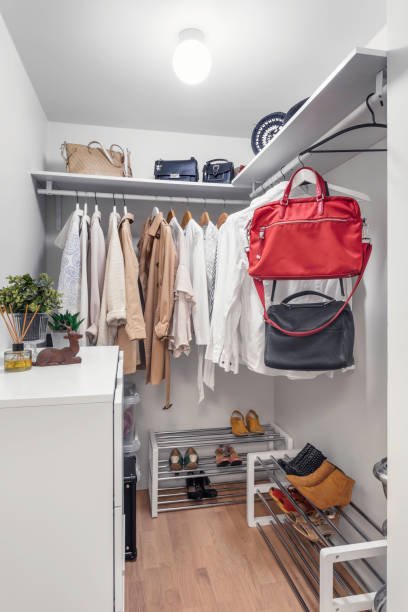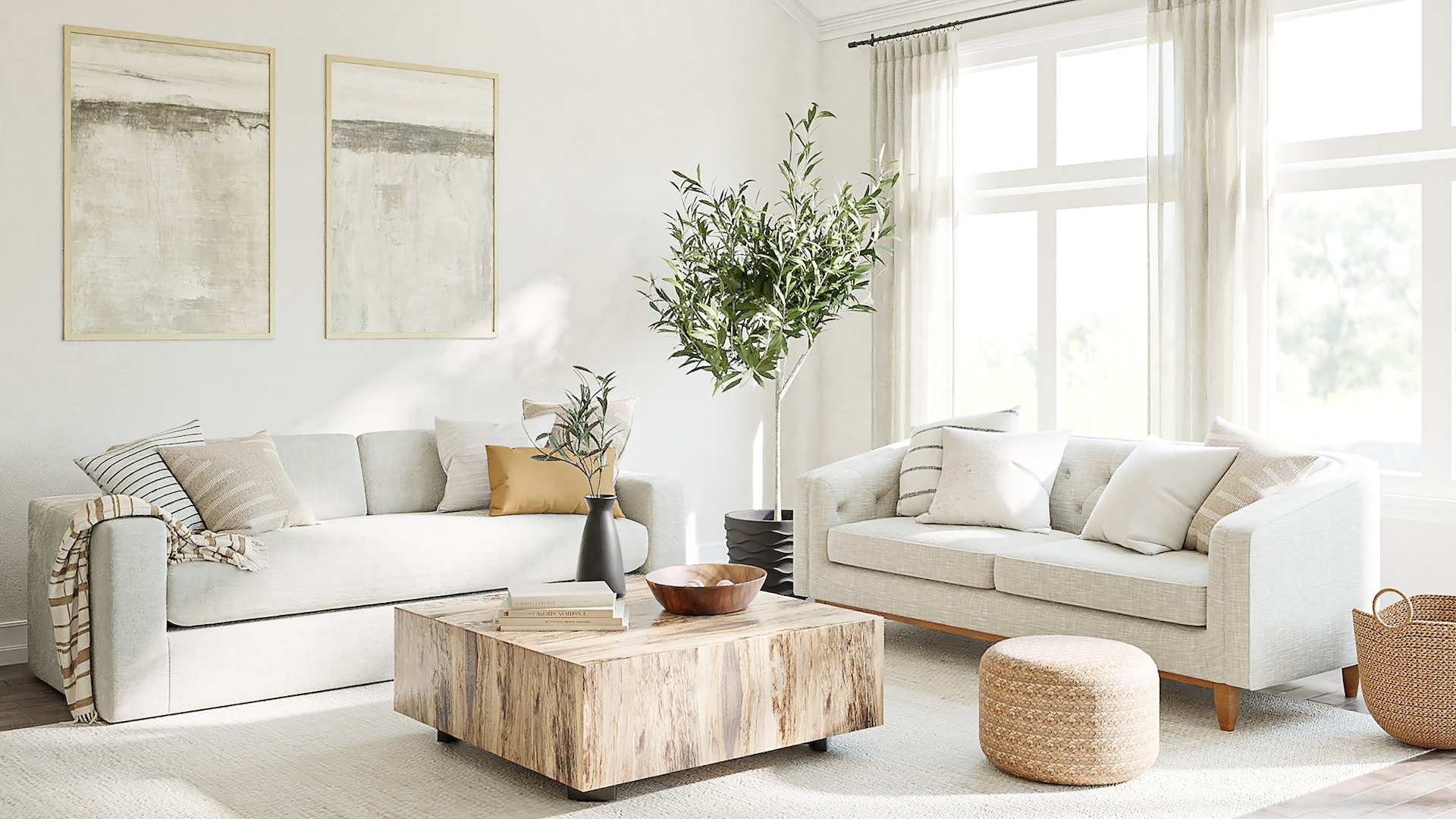5 Ways an Oscillating Tool Can Simplify Your DIY Projects
RH Business Marketing Solutions
Due to the rising construction costs, construction companies charge higher for major and minor construction activities, motivating DIY construction projects.
DIY projects have been getting popular ever since the advent of Covid-19 since they are fun to undertake, help save on costs, learn some skills, and customize the project. But despite the benefits, you should be aware of the challenges associated with the projects, including the lack of tools or the costs of assembling all the needed tools for the projects.
Instead of buying multiple tools, buy tools that can help you achieve multiple benefits. One of these tools is oscillating tools.
An oscillating tool is ideal for DIY projects due to its flexibility, multipurpose benefits, and increased number of attachment tools enabling you to do various activities and functions. You can use it for grouting, cutting, sanding, grinding, scraping, etc.
1. Installations and Modifications
DIY projects can sometimes be challenging, especially when you lack the skills and experience to install various items such as cabinets, structures like heaters, and cookers. You are bound to make mistakes.
Hence you need the right tool to fix such issues to enable you to fix your structures without any challenges. For instance, if you fail to create extra space for other items, such as pipes, you can use the oscillating tools to cut the right holes or extend the size of existing holes to fit your needs.
With the oscillating blades tool, modification is much easier to ensure you fix the extra essentials like pipes to fit your electrical requirements.
Despite having the most flexible and versatile tools, you should have all the product dimensions in advance. It avoids last-minute changes since some can require extensive processes or large cuts in the walls, affecting appearance.
In case of any challenges, you can rely on the Makita oscillating tool to help you fix the problem to have the perfect layout. When buying Makita oscillating tools, ensure you buy the different blades and other essentials that help you make the cuts and other uses, including modifying and creating extra spaces.
2. Cutting Tiny Spaces
An oscillating tool is one of the ideal tools you need for various cutting projects, including repairs and building newer projects when engaged in your DIY projects. Therefore, it is one of the most critical tools for your upcoming projects due to its multipurpose nature and flexibility for various construction projects.
One of these uses is cutting projects which mainly include using the vertical blade and holding the oscillating tool in a vertical position for trim cuts on walls without damaging other areas. For instance, you can use it to cut spaces to insert electrical outlets and space for fan installation, gas and water outlets, and other needs.
Due to its flexibility, you can use it to cut spaces and create rooms in tight spaces to install other products like doorjambs. In such instances, you can use the tools to cut space below the wall to create room for the door jamb; you can also cut the wall to create smaller space to extend the floor tiling to extend below the wall to ensure uniformity.
Another use is making flush cuts making it suitable for cutting tiny spaces without affecting the other areas, i.e., cutting a circle hole on the wall to allow cable laying without affecting the entire wall.
3. Scraping Surfaces
During your DIY projects, you must be aware of the implication of grout and rust on the structural integrity of the wood, metal, and other materials you use. Therefore, you need a perfect tool to scrape the surfaces to ensure they are smooth, clean, and perfect. If you need a smoother surface on wood, floors, and walls, you can attach sandpaper or scraping tools to clean the surfaces to ensure they are smooth and can easily be painted or do not appear rugged.
Rust can significantly impact the metals or metallic materials you plan to use for your construction; hence you should remove all the rust to create a perfect surface for welding, painting, etc. Attach a grinding tool to the oscillating tool, grind the surfaces to remove all the rust in various surfaces, and proceed with other roles.
When using wood, you can attach the grouting tool to clear all the grout from the wood to create an even surface for a perfect appearance. When doing your bathroom renovations or fixing the issues with the home plumbing and water distribution, you need an oscillating tool for grout removal by attaching a carbide-grit removal to cut the grout and even surfaces.
4. Flooring Projects
Flooring projects include various functions such as cutting spaces into the floor, cutting the tiles, planks, and other flooring materials, and scraping floors to ensure the materials laid are even. To cut extra space for air inlets and outlets, you cut holes into the tiles and floor materials to create the spaces needed to install whatever products you need.
Once you attach the right blade, you can use it to cut materials such as tiles, hardwood flooring, and marble to fit into smaller spaces to ensure uniform tiling and flooring. Additionally, you can use grouting and scraping tools to ensure certain floor areas are even to enable you to pace the tiling and marble evenly. For use in areas such as bathrooms, you can use it even to raise floor surfaces to ensure water floor to the outlets.
When installing marble or tiles on the bathroom walls, you can use it to fix tiles using the grinding pad to remove thin set mortar from the marble surfaces and the wall. After that, you can apply a small film of a thin set, then reattach the marble or tile to ensure it is even with other tiles installed.
5. Prepping for Paintings
For a perfect and uniform paint, ensure the surface has no substances that can lead to peeling, molding, and an imperfect appearance. When you need to reuse the wood, ensure the surface is even and free from grease, mold, and stains that can lead to peeling and the paint not sticking.
You should follow the painting guidelines, which include cleaning surfaces to remove mold, grease, mildew, and loose paints, then smoothen the surfaces. The next process is to fill the holes and other cracks in the wood, which involves scraping surfaces, then filling and finally sanding the surface. All these processes rely heavily on oscillating tools and various attachments to meet your objectives.
Conclusion
When doing indoor and outdoor DIY projects, you need the oscillating tools and all the attachments to make your work easier and achieve multipurpose benefits with one tool. With all the necessary attachments, you can use the tool for scraping, grinding, grouting, sanding, cutting, and other DIY project activities.



















